The so called Great Resignation has left thousands of people around the globe choosing to leave their jobs in an effort to prioritize their wellbeing. It is impossible for companies to escape this fact as it greatly affects their ability to retain talent. But what are businesses doing wrong and how can they make it right?
Once again, the context of this new phenomenon, the so-called Great Resignation, is prompted by the consequences of the pandemic. In the midst of the sanitary crisis, employees all over the world decided to put their well-being first, which led to a global wave of job changes.
Looking for flexibility, purpose and some agency about when and where to work, people were ultimately looking for an improved relationship with their jobs.
Companies now have two ways to go, either stick to their old ways and face the consequences of not being able to attract and retain talented workers, or change the way we look at employees’ roles in order to find a flexible, balanced and productive way of working while keeping talented individuals motivated.
‘We can do better’
According to the Microsoft 2022 Work Trend Index, 53% of global employees would prioritize health and wellbeing over work, 41% of the global workforce is likely to consider leaving their current job and 52% of Gen Z and Millennial workers are likely to consider changing employers this same year.
Such a globlal phenomenon may seem scary at first, but it could also be understood as a global wave of optimism, and a big ensemble of employees saying ‘we can do better’. It is the moment for companies to change their ways and find an opportunity in this post-pandemic chaos.
https://dogoodpeople.com/wp-content/uploads/2022/07/pexels-gustavo-fring-3885493-1.jpg
A new fight for talent has already began, but the changes that companies might have to endure are embedded deep in business culture, as well as in the way they present themselves and their opportunities for future and potential talent.
It’s companies’ time to change
If people are leaving their jobs for their wellbeing, chances are they are no longer working for just money. Instead, employees all over the world are beggining to shift their preferences towards the vision, values and mission of a given company. This is, culture has become a company’s greatest asset to bring people onboard.
But first thing is first. In order to attract people onto yuor company and company culture we need to make communication right and truthful. Here are a few keys to achieving such:
https://dogoodpeople.com/wp-content/uploads/2022/07/pexels-fauxels-3184299.jpg
- Who better than your own employees to truly undertand the company’s culture? Take your employees word, ask them, create surveys and focus groups to get the right and honest insides. Including third parties is great to ensure an objective and non-biased answer.
- Changes are good and necessary. A company’s message should not be static. Of course there are important things to take into account when we are looking for people to hire, but it is as essencial to adapt our messaging to social demand. This is, if employees are looking for flexibility and work-life balance, for example, then you might want to reconsider and redirect your messages accordingly, without ceasing to be honest.
- Recruiting is a cycle. Once the culture has attracted people onto the recruitment process, it is important to look for people that would help such culture grow and evolve instead of diminishing it. People should be the drivers of the culture, and it is just as important to find great talent as it is to find the right fit for your team.
- You can’t expect people to know what you want. Indeed, it is important to be clear about the culture and the processes that make up the organization and its workforce in order to attract the best fitting person. But it is just as essential that people are aware of what it is expected from them, in terms of work and culture. What is the employee experiece like, and what do you expect from an employee to fit into the latter?
https://dogoodpeople.com/wp-content/uploads/2022/07/pexels-marc-mueller-380769.jpg
Overall, choose transparency
We believe and work for transparency to be one of the key values driving the fight for climate action, social wellbeing and good governance as it is the only way to understand what we are doing wrong, what we are doing right and what it is that we are not doing yet.
Because being transparent is not only an externality to a company, or a given organization, to help build trust and reputation; it is in fact also a great learning and improvement mechanism. You cannot manage what you don’t understand. And so we advocate for transparency, integrity and precision as imperatives to the fight against climate change.
https://dogoodpeople.com/wp-content/uploads/2022/05/pexels-canva-studio-3194519-1-1.jpg
In DoGood we are convinced of the need to understand and manage efforts to achieve a sustainable transition inside an organization for the correct and efficient functioning of the business and the community it operates in. We alone cannot achieve the substantial changes necessary, but we work on the basis of collaboration, transparency and accuracy in order to bring light to sustainable actions.
In this regard, it is essential to our work to promote good corporate governance, meaning that the processes of disclosure and transparency are followed so as to provide regulators and shareholders as well as the general public with precise and accurate information about the financial, operational and other aspects of the company, including a more accurate definition of the ESG performance.
We have developed a corporate government tool that helps establish ESG impact objectives for employees in regards to the sustainability strategy of the company. Through our technology we are able to activate and track employees’ impact, creating engagement that translates into improved ESG metrics, reputational value and an overall positive impact for the environment and society.
If you want to know more about how we work to create a positive social and environmental impact, click here.







